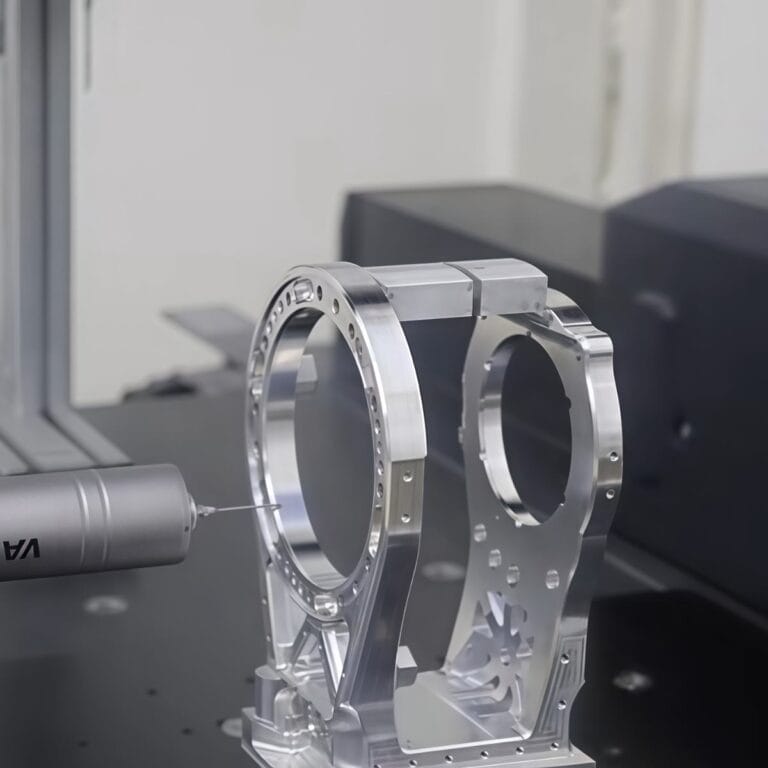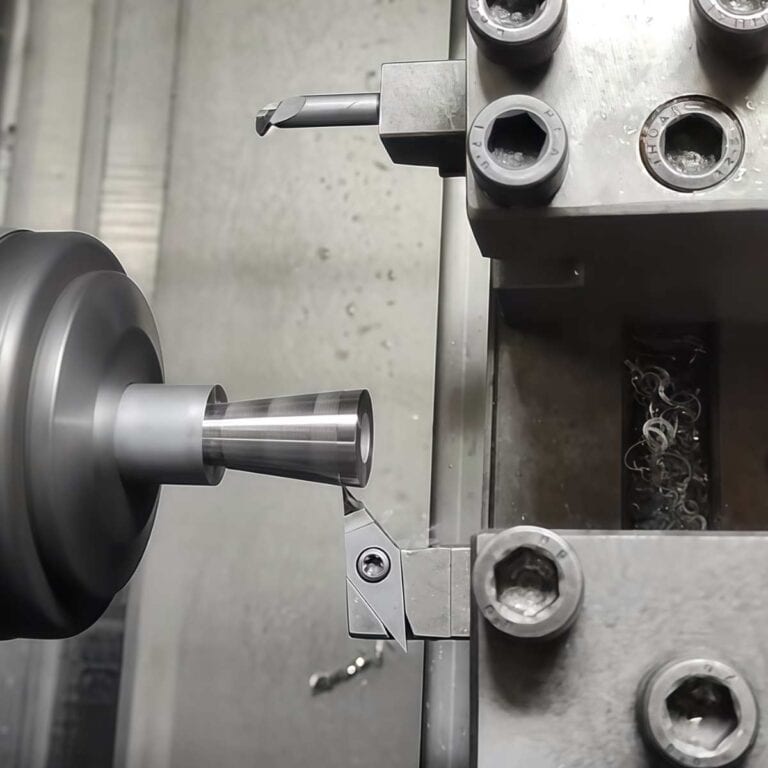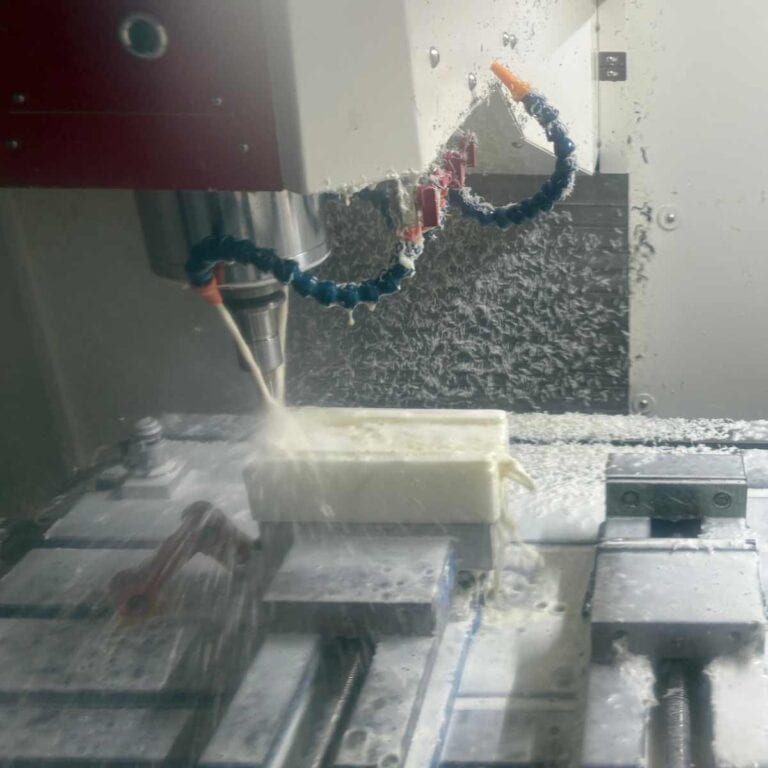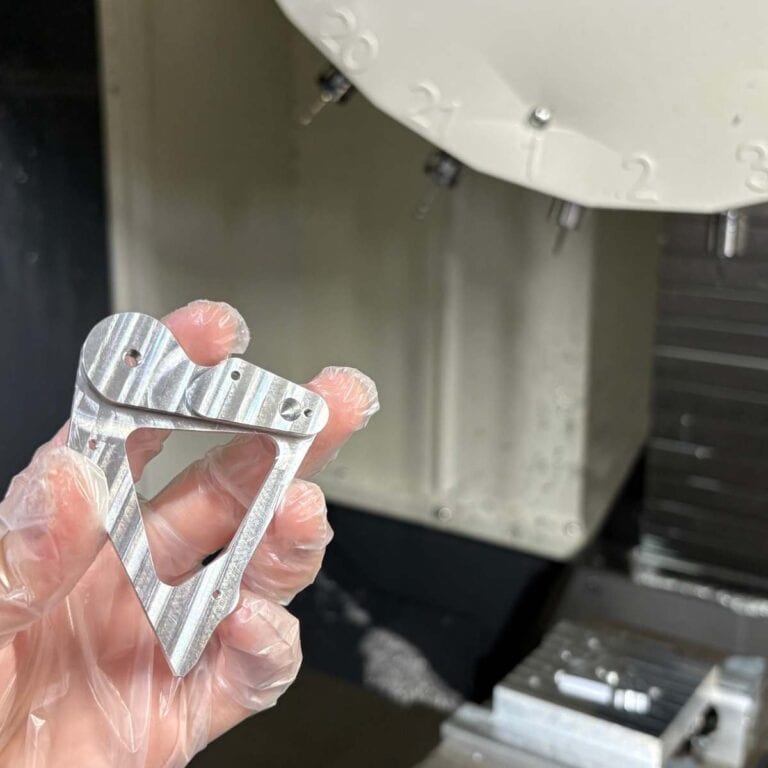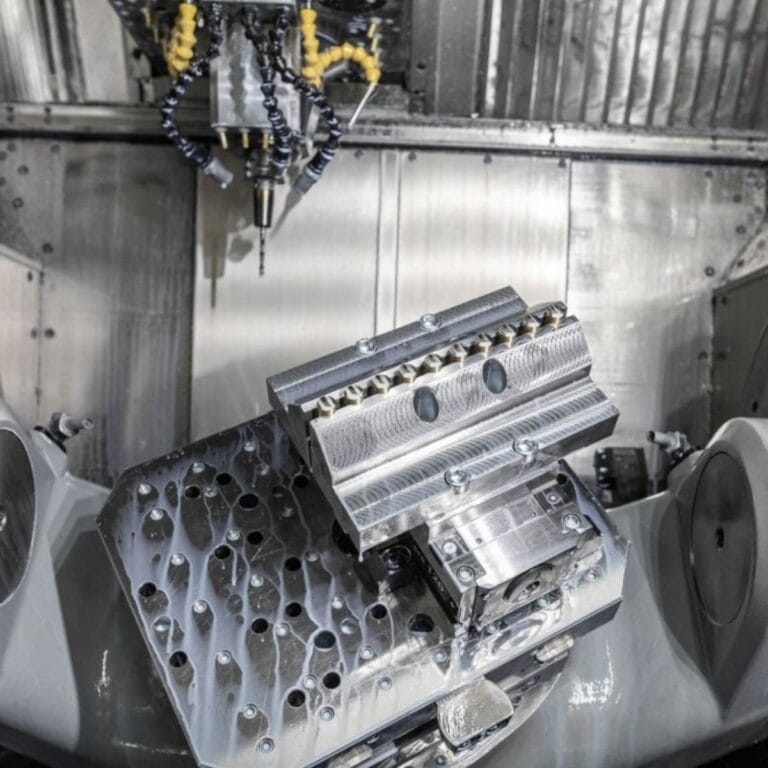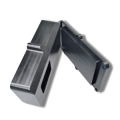In the race for speed and precision, TiRapid outshines platform models. While Xometry offers instant quoting through a large network, TiRapid stands as a better xometry competitor alternative by delivering 1–3 day prototyping, ISO-certified quality control, and scalable capacity. With direct communication and factory expertise, TiRapid helps you reduce costs, minimize risks, and bring products to market faster—making it the smarter choice for global manufacturing projects.
Service And Capability Comparison
When selecting a manufacturing partner, the range of services and depth of capabilities often determine whether they can meet the needs of different projects. Xometry and TiRapid both provide CNC machining and rapid prototyping services, but they differ in process coverage, flexibility, and customization.
Get 20% offf
Your First Order
Below is a comparison of their services and capabilities:
Xometry
Process Coverage: Offers CNC machining, 3D printing, injection molding, and sheet metal processing through a vast supplier network, covering standard manufacturing requirements for prototypes and production runs.
Service Features: Platform-based operation with instant online quoting, making it convenient and fast for standardized projects and customers seeking quick comparisons of lead times and pricing.
Limitations: As a platform, flexibility and direct customization support can be limited. For highly complex precision parts, multi-process projects, or special tolerance requirements, results may vary due to reliance on third-party suppliers.
TiRapid
Wider Process Capabilities: In-house 3-axis, 4-axis, and 5-axis CNC machining, with strong expertise in complex 5-axis parts, ultra-flat components, micro parts, plastics, and large-scale components. Additional manufacturing services include injection molding, sheet metal fabrication, and 3D printing.
Materials & Surface Finishes: Supports 120+ materials and 60+ finishing options, enabling both functional and aesthetic requirements for diverse applications.
Industry Applications: Extensive experience in automotive, aerospace, medical, and electronics, ensuring high-precision prototypes and reliable low-volume production.
Engineering Support: Provides free DFM reports and process optimization, helping customers reduce risks, shorten R&D cycles, and improve efficiency.
Delivery Time And Production Capacity
In R&D, speed matters; in mass production, stability is key. Xometry ensures consistent delivery, but TiRapid stands out as a xometry competitor alternative, offering 1–3 day prototyping and scalable production to reduce supply chain risks.
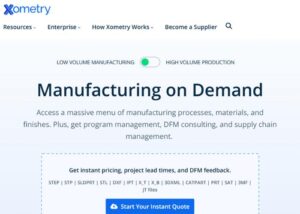
Xometry
Delivery Performance: Standard orders can usually be completed within predictable lead times, making it suitable for customers who prioritize stability over speed.
Stability: Reliable delivery rhythm across its broad supplier network, especially for regular, small to medium-volume orders.
Limitations: Flexibility for urgent prototyping or expedited iterations may be limited due to reliance on third-party suppliers. Scaling capacity for high-volume projects can also be less agile.
TiRapid
Fast Response: Supports prototyping in as little as 1–3 days, helping customers quickly validate designs and shorten R&D cycles.
Batch Flexibility: Efficiently handles low-volume customization while scaling up to medium production runs as needed.
Guaranteed Capability: With direct factory control, multi-machine collaboration, and process optimization, TiRapid balances speed and capacity even for urgent projects. This makes it ideal for time-sensitive companies moving from prototype to production.
Quality And Certification
Quality affects not only component performance and lifespan but also customer product reliability and brand reputation. Excellent suppliers must control precision throughout processing while ensuring traceability across raw materials, inspections, and standardized workflows. Certification systems are essential to guarantee these commitments, providing transparency and trust. Both Xometry and TiRapid have quality control systems, but they differ in enforcement, certification coverage, and flexibility for customer-specific requirements.
Xometry
Quality Control: Relies on platform-driven standardized workflows and supplier-based inspections to ensure general accuracy and consistency for routine parts.
Certification System: Holds broad certifications such as ISO 9001, AS9100D, and ISO 13485, suitable for industries like aerospace and medical.
Limitations: As a marketplace, enforcement can vary across suppliers. Custom quality requirements may not always be supported consistently, creating gaps for customers with special standards.
TiRapid
Quality Assurance: Operates under strict ISO9001 systems, with in-house multi-point detection and 100% inspection options to ensure full traceability of every part.
Certification Coverage: Provides detailed reports including RoHS, REACH, dimensional inspection, and surface treatment testing, aligning with global compliance standards.
Customer Adaptation: Processes and testing can be customized per industry needs, offering tailored quality assurance for medical, automotive, aerospace, and precision electronics applications.
Price And Cost Transparency
In manufacturing outsourcing, price is more than just a cost factor—it determines the long-term sustainability of partnerships. A transparent and fair pricing model allows clients to forecast budgets, avoid hidden costs, and stay in control during project iterations or demand shifts. Both Xometry and TiRapid provide online quotations, but their pricing models and transparency differ.
Xometry
Pricing Model: Relies on its platform-driven instant quoting engine, offering fast and convenient quotes for standardized projects and customers with budget constraints.
Transparency: Base pricing is clear, but additional fees may arise for design changes, expedited services, or complex requirements.
Limitations: For high-volume or highly customized projects, flexibility can be limited, and costs may trend higher due to reliance on third-party suppliers.
TiRapid
Customized Quotation: Provides tailored quotes based on process complexity, materials, and batch size, ensuring the most cost-effective solution at every project stage.
Cost Transparency: Breaks down all expenses—including machining, testing, and finishing—at the quotation stage, eliminating hidden costs during production.
Flexible Discounts: Offers tiered pricing and cost optimization for long-term partnerships and large-volume orders, helping clients reduce overall procurement costs.
Customer Support And Communication
In cross-border manufacturing, strong customer support and effective communication often determine project success. Beyond delivery and quality, the ability to get fast responses, resolve issues promptly, and have a dedicated team for follow-up is key to evaluating supplier reliability. Xometry and TiRapid differ significantly in their customer support and communication models: Xometry emphasizes platform-driven responses, while TiRapid prioritizes customized, full-process support.
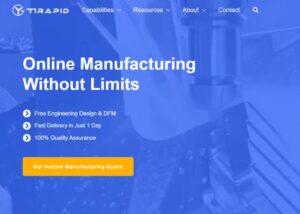
Xometry
Support Channels: Primarily online portals and ticketing systems, allowing customers to submit requests through the platform and receive automated or semi-automated responses.
Response Speed: Standard inquiries are addressed quickly, but complex projects requiring detailed engineering support may face limitations due to reliance on distributed suppliers.
Limitations: Lack of dedicated engineers for continuous follow-up may cause communication gaps or delays, especially in custom, high-precision projects.
TiRapid
Service Model: Provides dedicated project managers and engineers, ensuring full-process support from design consultation to production delivery.
Communication Efficiency: Offers real-time channels including email, phone, and video conferencing, enabling fast feedback at every project stage.
Advantages: Proactively suggests design and process optimizations, helping customers reduce risks and improve outcomes, delivering true collaborative support.
Industry Applications
A manufacturing supplier’s industry coverage determines its ability to meet the personalized needs of customers across different sectors. High-demand industries such as aerospace, medical devices, and automotive require not only high-precision machining but also strict certifications, compliance, and timely delivery. Meanwhile, industries like consumer electronics and general industrial products emphasize cost and efficiency.
Xometry and TiRapid both serve broad industrial needs, but their performance diverges when it comes to specialized, high-reliability applications:
| Aspect | Xometry | TiRapid – A Specialized Xometry Competitor Alternative |
| Coverage | Primarily focuses on general industrial parts, consumer electronics, and standardized prototyping or production via its supplier network. | Serves demanding industries including automotive, aerospace, medical devices, precision electronics, and industrial equipment. |
| Industry Strengths | Strong in cost-sensitive markets with standardized needs, suitable for general prototyping and parts that require fewer certifications. | Provides ±0.01 mm high-precision machining, meets industry-specific compliance standards, and supports full workflow from prototyping to low-volume production. |
| Limitations / Adaptability | Relies on third-party suppliers, which may limit certification depth and adaptability for aerospace, medical, or high-reliability components. | Offers cross-industry expertise, capable of adjusting processes to meet strict technical requirements (biocompatibility, high-temperature resistance, corrosion resistance). Ideal for customers requiring stringent supplier qualifications. |
How To Choose The Right Manufacturing Service Provider
In today’s globalized manufacturing landscape, customers often face trade-offs between speed, quality, price, and adaptability. The right supplier should not only meet immediate project needs but also provide stable and reliable support for long-term collaboration. Xometry and TiRapid each offer advantages in different scenarios. Choosing between the two depends on industry requirements, project urgency, and quality standards.
When to Choose Xometry
Projects use relatively conventional manufacturing processes and focus on general industrial or consumer parts.
Delivery schedules are moderate, with lead times of several days to a week being acceptable.
Customers with limited budgets benefit from platform-based standardized services to control costs.
Projects do not require strict certification, compliance, or ultra-high precision.
More suitable for one-off, standardized small- to medium-volume orders.
When to Choose TiRapid
Projects demand extremely fast delivery, such as 1–3 day rapid prototyping or short-term urgent production.
Products are in the R&D or validation stage, requiring flexible iteration and engineering optimization support.
Industries with strict standards (aviation, medical, automotive electronics, etc.) requiring ISO9001 or specialized certifications.
Orders may scale from prototypes to medium-volume production, requiring flexible capacity switching.
Customers value efficient communication and proactive design optimization suggestions from a dedicated engineering team.
Our services include:
- 5-Axis CNC Milling Services
- Metal CNC Machining Services
- Plastic CNC Machining Services
- LargeCNC Machining Services
- Website QR Code Micro Machining Services
With TiRapid, you don’t just get machining services—you gain a strategic partner committed to helping you reduce costs, shorten lead times, and succeed in competitive industries.
Conclusion
A comparison of Xometry and TiRapid shows that each serves different project scenarios. Xometry is suitable for budget-sensitive projects with standardized requirements and moderate delivery expectations. In contrast, TiRapid stands out as a strong xometry competitor alternative, excelling in rapid response, strict in-house quality control, and flexible production capacity—making it ideal for time-sensitive and demanding industries. Ultimately, the right choice depends on your project’s timeline, quality standards, and budget, ensuring the best balance between cost, delivery, and performance.

